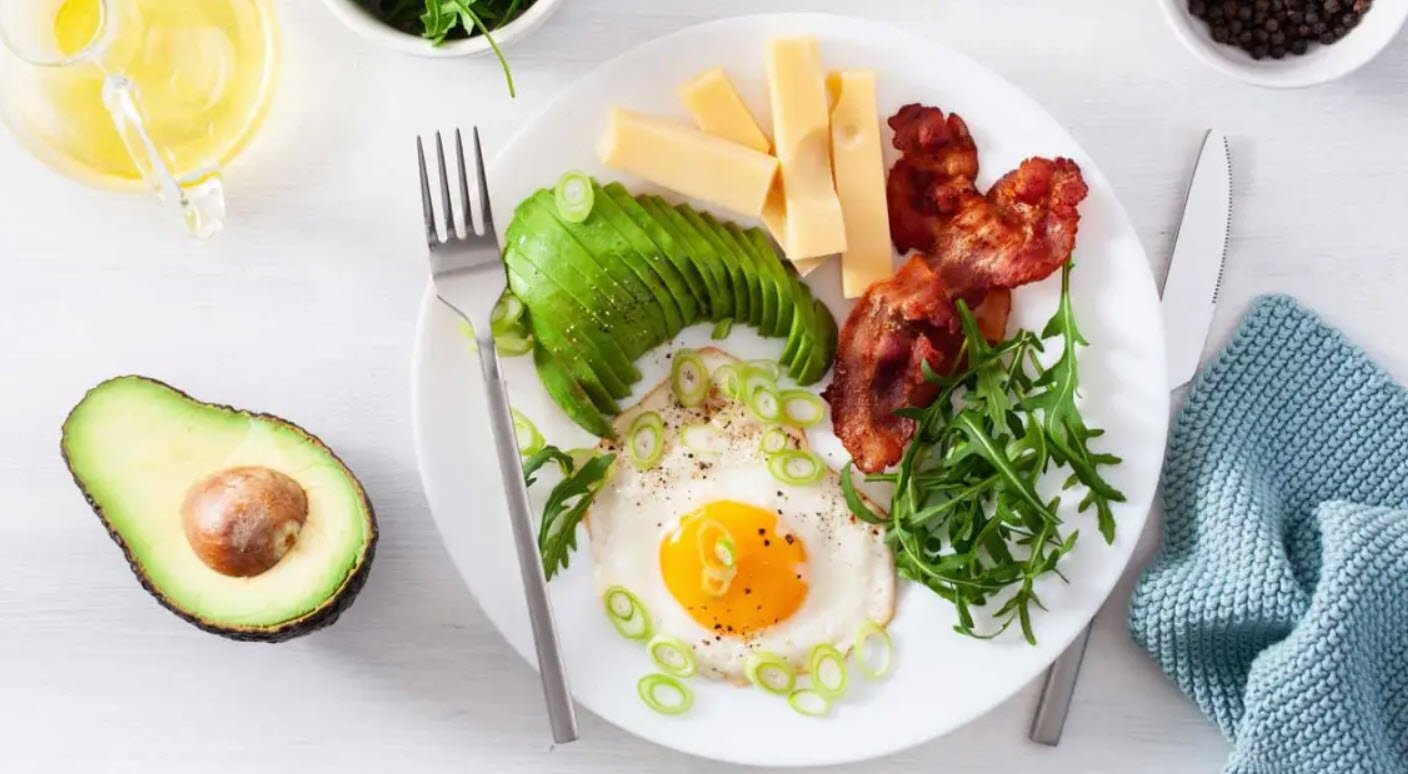When embarking on a weight loss journey, choosing the right diet plan is crucial. With so many options available, it can be challenging to determine which one will work best for your body, lifestyle, and long-term goals. Understanding the different types of weight loss diets can help you make an informed decision and set yourself up for success.
Diets for Fast Weight Loss
Fast weight loss diets are designed to help you shed pounds quickly, often in just a few days or weeks. While these diets can be effective for short-term goals, they are generally not sustainable for long-term health. Some popular fast weight loss diets include:
1. Low-Carb Diets: These diets focus on reducing carbohydrate intake, which forces the body to burn fat for energy. The ketogenic diet, for example, is a low-carb, high-fat diet that can lead to rapid weight loss. However, cutting out carbs can be challenging and may result in nutrient deficiencies if not carefully managed.

2. Meal Replacement Shakes: For those looking to lose 5 to 10 pounds quickly, meal replacement shakes can be an effective solution. These shakes are typically low in calories and provide a controlled amount of nutrients. However, relying solely on shakes is not sustainable and can lead to feelings of deprivation.

3. Water or Juice Fasts: Water and juice fasts involve consuming only liquids for a set period, usually three to five days. These fasts can result in quick weight loss but can also lead to muscle loss, fatigue, and other health issues if done improperly.

4. Alternate Vegetable/Fruit Diets: This approach involves alternating between eating only fruits one day and only vegetables the next. While this diet can lead to rapid weight loss, it can also be difficult to maintain and may lack essential nutrients.

Fast weight loss diets are best used as a temporary solution rather than a long-term strategy. It’s important to transition to a more sustainable eating plan once you’ve achieved your short-term goals.
Low-Calorie Weight Loss Diets
Low-calorie diets are among the most common and effective ways to lose weight. By reducing your daily calorie intake, you create a calorie deficit, which leads to weight loss. There are several ways to monitor and control your calorie intake:
1. Calorie Counting: This method involves tracking the calories in everything you eat and drink. You can use food labels, calorie guides, or mobile apps to keep track of your daily intake. By staying within a specific calorie limit, you can gradually lose weight over time.
2. Weight Watchers: Weight Watchers is a popular program that assigns points to foods based on their calorie, fiber, and fat content. Participants are given a daily points allowance and can choose what to eat within that limit. This approach offers flexibility while encouraging healthier food choices.
Low-calorie diets require discipline and planning, but they can be highly effective for long-term weight loss. The key is to focus on nutrient-dense foods that provide the vitamins and minerals your body needs while staying within your calorie limit.
Fixed Menu Plans
Fixed menu diets provide a set list of meals and snacks that you can eat each day. These plans are tailored to your preferences and nutritional needs, making it easy to follow a structured diet. Some benefits of fixed menu plans include:
- Simplicity: With a fixed menu, there’s no need to worry about what to eat each day. The meals are pre-planned, which can save time and reduce decision fatigue.
- Portion Control: Fixed menu plans typically include portion-controlled meals, which can help prevent overeating and ensure you’re consuming the right amount of calories.
- Balanced Nutrition: These plans are often designed by nutritionists to ensure you’re getting a balanced mix of macronutrients (protein, fat, and carbohydrates) and micronutrients (vitamins and minerals).
However, it’s important to remember that fixed menu plans are usually temporary. Once you’ve reached your weight loss goal, you’ll need to learn how to plan and prepare your own meals to maintain your progress.
Exchange Food Diet
The exchange food diet offers more flexibility than a fixed menu plan. In this approach, you plan your meals based on a set number of servings from different food groups, such as fruits, vegetables, grains, and proteins. The key is to choose foods within each group that have similar calorie counts, allowing you to mix and match according to your preferences.
- Variety: The exchange food diet allows for a wide range of food choices, making it easier to stick to the plan without feeling restricted.
- Personalization: You can tailor the diet to your tastes and dietary needs, which can make it more enjoyable and sustainable.
- Balanced Eating: By focusing on serving sizes and food groups, this diet promotes balanced eating and helps you develop healthy habits.
The exchange food diet is a great option for those who want more control over their food choices while still adhering to a structured plan.
Low-Fat Diet
A low-fat diet involves reducing the intake of dietary fats, particularly saturated fats, which are linked to heart disease and other health issues. The goal is to consume fats in moderation, with an emphasis on healthy fats from sources like nuts, seeds, and olive oil. Key aspects of a low-fat diet include:
- Lowering Saturated Fat: By reducing saturated fat intake, you can improve heart health and reduce the risk of chronic diseases.
- Balanced Macronutrients: While fat intake is reduced, it’s important to maintain a balance of protein and carbohydrates to ensure you’re getting enough energy and nutrients.
- Mindful Eating: Many low-fat foods are high in sugar, so it’s essential to read labels carefully and choose options that are both low in fat and low in added sugars.
A low-fat diet can be effective for weight loss and improving overall health, but it’s important to focus on quality fats rather than eliminating them entirely.
Weight Loss through Reduced Portions
Portion control is a simple yet effective way to lose weight without following a specific diet plan. This approach involves eating smaller portions of your favorite foods and paying attention to your body’s hunger and fullness cues. Key principles of portion control include:
- Mindful Eating: Eat slowly and savor each bite, stopping when you feel satisfied rather than stuffed.
- Smaller Plates: Using smaller plates and bowls can help you reduce portion sizes without feeling deprived.
- Listen to Your Body: Only eat when you’re truly hungry, and stop when you’re full. This can help prevent overeating and promote a healthier relationship with food.
Portion control allows for flexibility and freedom in food choices, making it a sustainable long-term strategy for weight management.
Conclusion
There are numerous weight loss diets to choose from, each with its own set of benefits and challenges. Whether you’re looking for a quick fix or a long-term solution, it’s important to find a plan that aligns with your lifestyle, health needs, and weight loss goals.
Before starting any new diet, it’s wise to consult with a healthcare professional, especially if you have underlying health conditions or are taking medications. With the right approach and a commitment to healthy habits, you can achieve your weight loss goals and maintain a healthier, happier lifestyle.




Pingback: 7 Top Foods to Include in Your Kid’s Diet - Whizo Web
Pingback: Simple Weight Loss Feasting Tips for the Holiday Season - Whizo Web